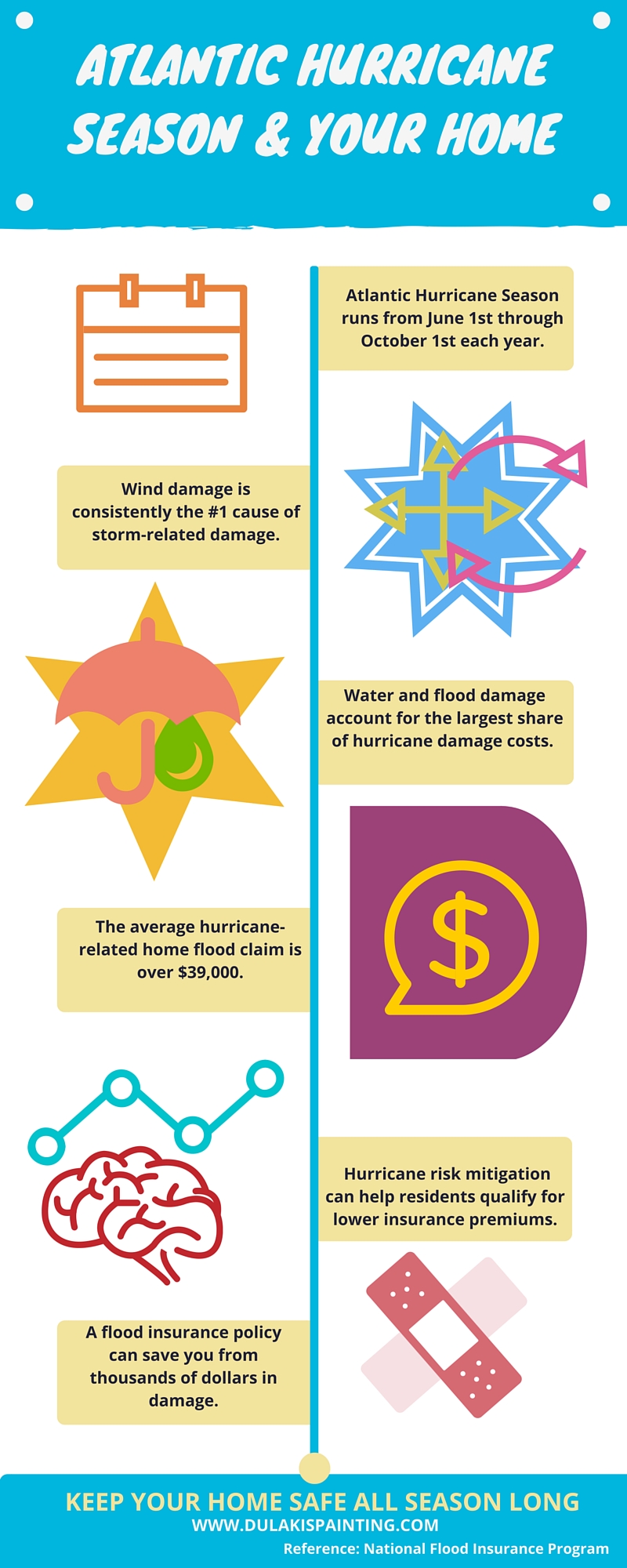Understand Exactly How Seasonal Problems Impact The Success Of Industrial External Painting And Find Out The Suitable Periods To Guarantee Lasting Results For Your Task
Understand Exactly How Seasonal Problems Impact The Success Of Industrial External Painting And Find Out The Suitable Periods To Guarantee Lasting Results For Your Task
Blog Article
Article Developed By-Aguilar Rosendal
When you're preparing an industrial exterior paint job, seasonal variables can make or break your results. You'll wish to consider exactly how temperature level and humidity effect paint application and drying times. Picking the right period can guarantee your paint sticks properly and lasts longer. But which periods are absolutely the very best for this sort of work? Allow's check out the crucial elements that can influence your project's success.
The Influence of Temperature Level on Paint Application
When you're preparing an industrial outside painting task, the temperature level can significantly affect how well the paint adheres and dries.
Ideally, you intend to repaint when temperatures range between 50 ° F and 85 ° F. If it's too cool, the paint may not treat properly, bring about problems like peeling off or splitting.
On the other side, if it's as well hot, the paint can dry out also promptly, preventing correct attachment and leading to an irregular coating.
You ought to also think about the time of day; morning or late afternoon supplies cooler temperature levels, which can be extra favorable.
Always inspect the manufacturer's suggestions for the particular paint you're using, as they typically give guidance on the ideal temperature range for optimum results.
Moisture and Its Result on Drying Times
Temperature level isn't the only ecological element that affects your industrial external paint task; moisture plays a substantial function as well. High moisture levels can reduce drying out times dramatically, influencing the overall top quality of your paint task.
When the air is saturated with dampness, the paint takes longer to heal, which can lead to problems like poor attachment and a higher danger of mold growth. If https://andersonelqxz.is-blog.com/42134786/journey-right-into-a-world-where-interior-painters-weave-magic-with-color-and-strategy-changing-homes-with-accuracy-and-artistry on a particularly damp day, be planned for extensive wait times in between layers.
https://people.com/politics/favorite-first-lady-white-house-portraits/ to check neighborhood climate condition and strategy appropriately. Ideally, exterior painters edmonton for humidity levels between 40% and 70% for optimum drying.
Keeping these factors in mind ensures your job remains on track and provides a lasting finish.
Best Seasons for Commercial Outside Paint Projects
What's the very best season for your industrial external paint projects?
Spring and early fall are generally your best options. Throughout these seasons, temperatures are mild, and moisture degrees are often reduced, creating excellent problems for paint application and drying out.
Avoid summer's intense heat, which can cause paint to dry too swiftly, leading to bad adhesion and coating. Similarly, winter's cold temperature levels can impede appropriate drying out and treating, taking the chance of the longevity of your paint task.
Go for days with temperature levels between 50 ° F and 85 ° F for optimal results. Keep in mind to check the local weather forecast for rain, as damp conditions can wreck your task.
Preparation around these elements guarantees your painting job runs smoothly and lasts much longer.
Final thought
To conclude, intending your business outside painting projects around seasonal factors to consider can make a significant difference in the end result. By organizing job throughout the ideal temperature levels and humidity levels, you'll guarantee much better attachment and drying out times. Bear in mind to keep an eye on regional weather prediction and select the correct time of year-- spring and early loss are your best choices. Taking these actions will help you achieve a resilient and expert surface that lasts.
